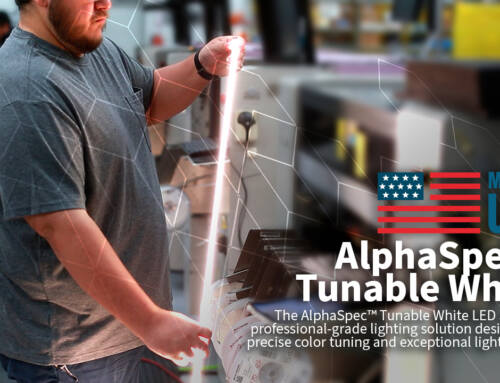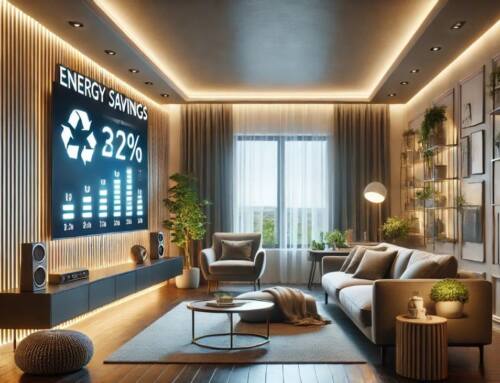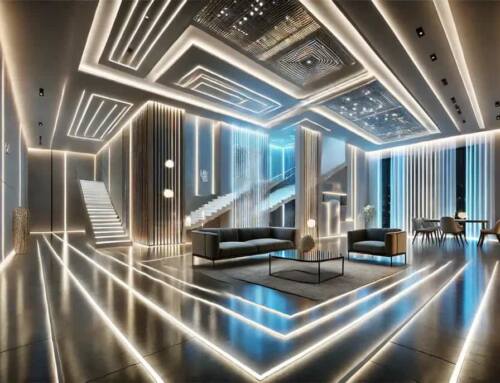Avoiding LED Strip Light Failures: A Comprehensive Guide
In recent years, LED strip lights have become a popular choice for illuminating spaces, thanks to their energy efficiency, versatility, and vibrant lighting effects.
However, despite their many advantages, LED strip lights can still experience failures if not installed and maintained properly.
Understanding the common causes of LED strip light failures and knowing how to avoid them is crucial for ensuring the longevity and performance of your lighting system.
Quality Matters
One of the primary factors influencing LED strip light failures is the quality of the product.
Opting for cheaper, low-quality LED strips may seem like a cost-effective solution initially, but they are often prone to premature failure due to inferior components and construction.
Investing in high-quality LED strip lights from reputable manufacturers ensures better performance and reliability in the long run.
Proper Installation
Correct installation is essential for preventing LED strip light failures.
Improper handling during installation, such as bending the strips excessively or applying excessive force, can damage the LEDs and solder joints, leading to premature failure.
Follow the manufacturer’s guidelines and use appropriate mounting hardware to ensure secure and safe installation.
Temperature Management
Heat is a significant factor affecting the lifespan of LED strip lights. Overheating can degrade the performance of LEDs and other components, leading to flickering, dimming, or complete failure.
Ensure proper ventilation and avoid installing LED strips in areas with high ambient temperatures.
Additionally, using heat sinks or thermal management solutions can help dissipate heat effectively, prolonging the lifespan of the lights.
Voltage Regulation
Fluctuations in voltage can damage LED strip lights and shorten their lifespan.
Using a voltage regulator or stabilizer helps maintain a stable voltage supply, protecting the LEDs from voltage spikes and fluctuations.
Ensure that the power supply matches the voltage requirements of the LED strips and avoid overloading the circuit to prevent damage.
Moisture and Environmental Factors
Exposure to moisture and environmental factors can corrode the circuitry and damage the LEDs, leading to failures.
When installing LED strip lights in outdoor or damp environments, use waterproof or weatherproof variants specifically designed for such conditions.
Additionally, seal connections and joints properly to prevent moisture ingress and protect the lights from environmental damage.
Regular Maintenance
Regular maintenance is essential for prolonging the lifespan of LED strip lights. Inspect the lights periodically for signs of damage, such as discolored LEDs or flickering, and address any issues promptly.
Clean the surfaces and remove dust or debris that can accumulate over time, obstructing the light output and causing overheating.
In conclusion, avoiding LED strip light failures requires careful consideration of various factors, including quality, installation, temperature management, voltage regulation, environmental conditions, and maintenance.
By following these guidelines and investing in high-quality products, you can ensure reliable performance and longevity from your LED strip lighting system.












Leave A Comment
You must be logged in to post a comment.